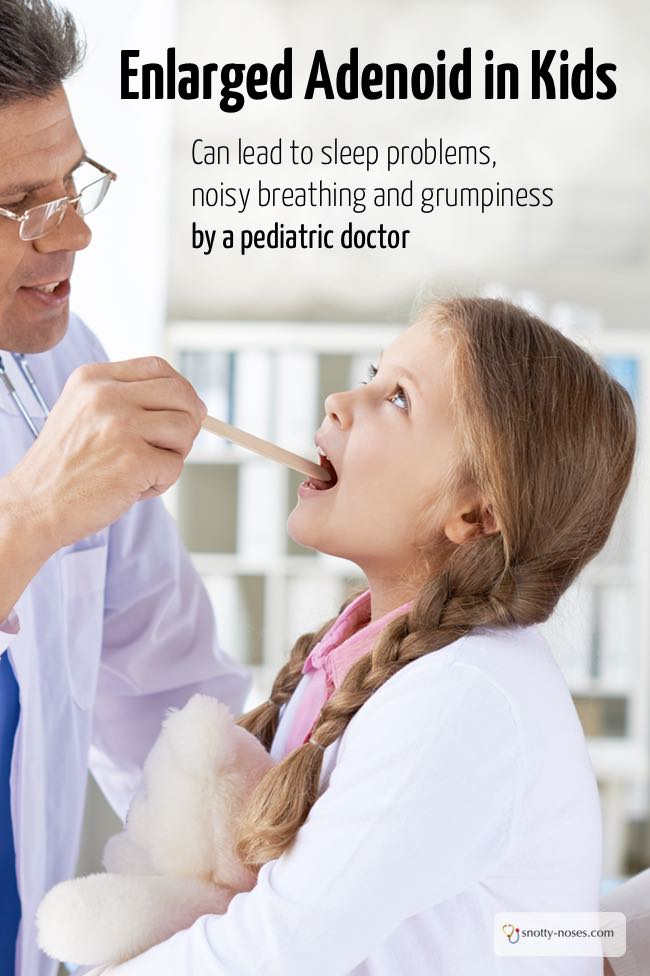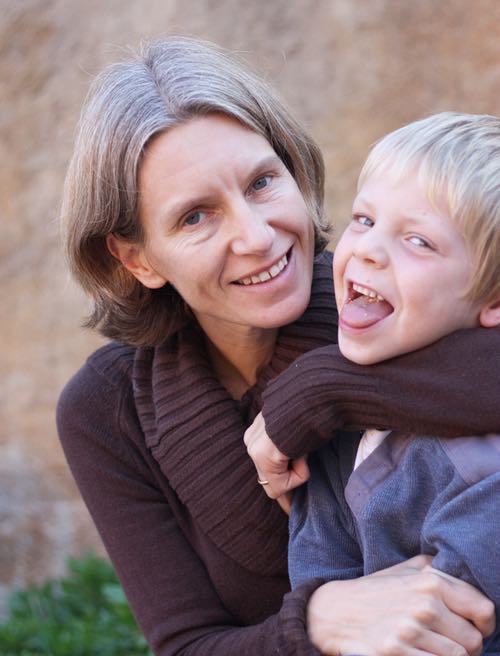Adenoids are lymphatic tissue that help you fight germs. When your kids get sick or come into contact with an infection, their adenoids swell and start to produce antibodies to fight the germs. Some children have chronically enlarged adenoids (adenoid hypertrophy)and tonsils that interfere with their breathing. Sometimes, adenoids and tonsils are surgically removed to help children breathe more easily.

What are Adenoids and Tonsils?
Tonsils are lymphatic glands in your throat. Adenoids are tonsils that sit at the back of your nose, just above your throat. They protect us from breathing in germs via our mouth or nose.
Tonsils help to fight infections, both viruses and bacteria. When you come into contact with germs, they produce antibodies that are like “germ ninjas”.
In children adenoids are often quite large and can sometimes affect their breathing, especially at night time.
Normally adenoids shrink by themselves after the age of 5.
Symptoms of Enlarged Adenoids
In children, adenoids can enlarge to the size of a ping pong ball. A ping pong ball that sits at the back of your nose, making it difficult to breathe.
Sometimes, they are so large that they cause children to have problems sleeping at night time. This is called Obstructive Sleep Apnoea.(OSA) They may snore and have pauses in their breathing (sleep apnoea). They may be tired and grumpy during the day due to disturbed nights.
- Difficulty breathing through mouth or nose
- Nasal speech
- Noisy breathing
- Snoring
- Frequent ear infections, which may lead to hearing loss
- Pauses in breathing when asleep (sleep apnoea)
- Unusual tiredness during the day
- Sinus symptoms
- Restless sleep
Investigating Obstructive Sleep Apnoea
If your doctor thinks your child may suffer from Obstructive Sleep Apnoea, they will do a sleep study that will measure different parameters, such as heart rate, oxygen levels, carbon dioxide levels during a night’s sleep. It is a painless test. Your child just has to wear a little probe that is stuck to either a finger or toe. (If you are lucky, they’ll let you take it home and have it on during the night. At other places, you may need to sleep in the hospital overnight.)
Adenoidectomy
If your child suffers from recurrent infections, or has problems breathing or sleeping, they may need to have their adenoids taken out surgically. It is a relatively routine procedure that is done under a general anaesthetic. Some children may need to stay in hospital overnight, but many can go home the same day.
Summary
Obstructive Sleep Apnoea is relatively common in children and can account for poor learning and mood changes (because the children haven’t had enough sleep.) If you think your child may suffer from OSA, go and chat to your doctor.
Come and join our awesome Facebook Community for loads more awesome articles!



 Feeding Toddlers.
Feeding Toddlers. Would you like your kids to eat more healthily? Check out the book!
Would you like your kids to eat more healthily? Check out the book!